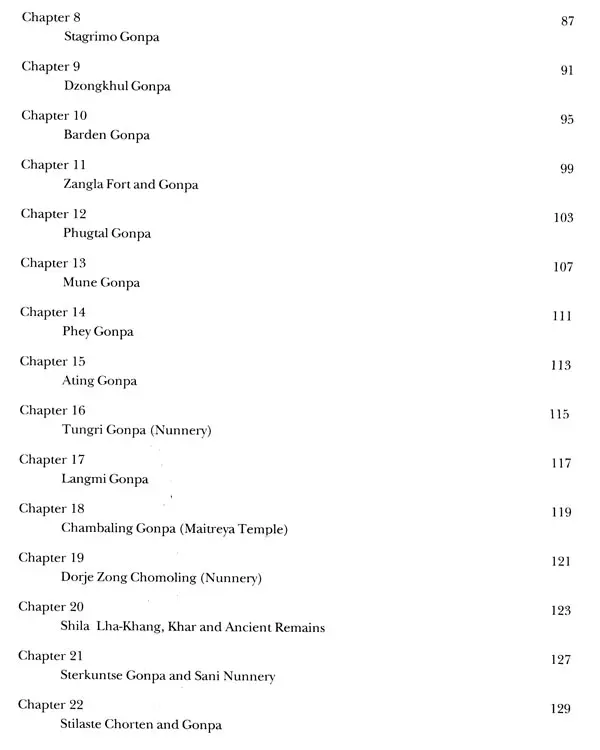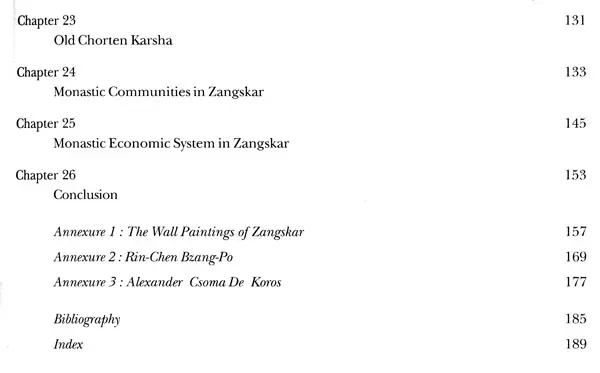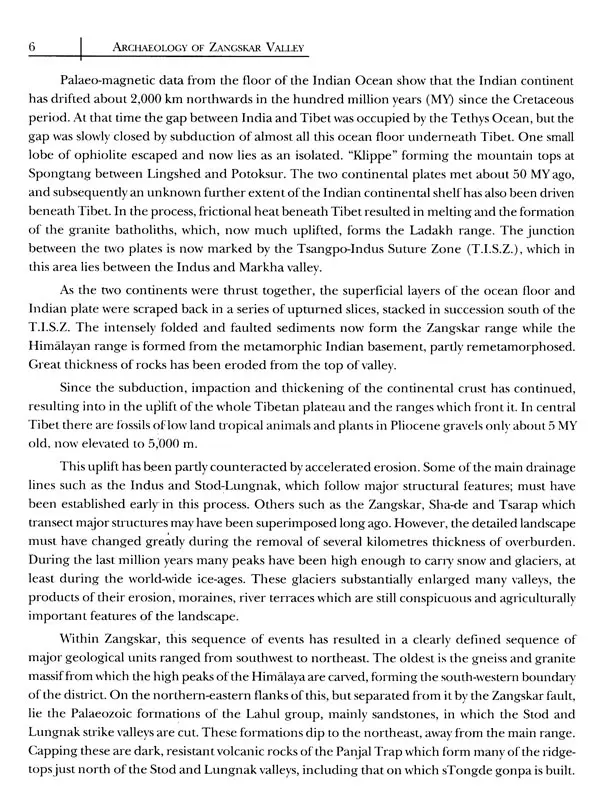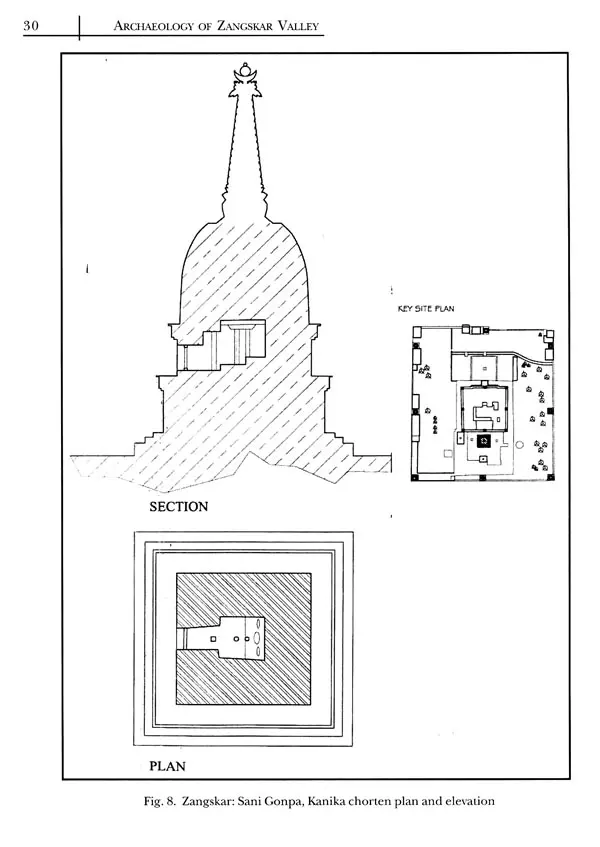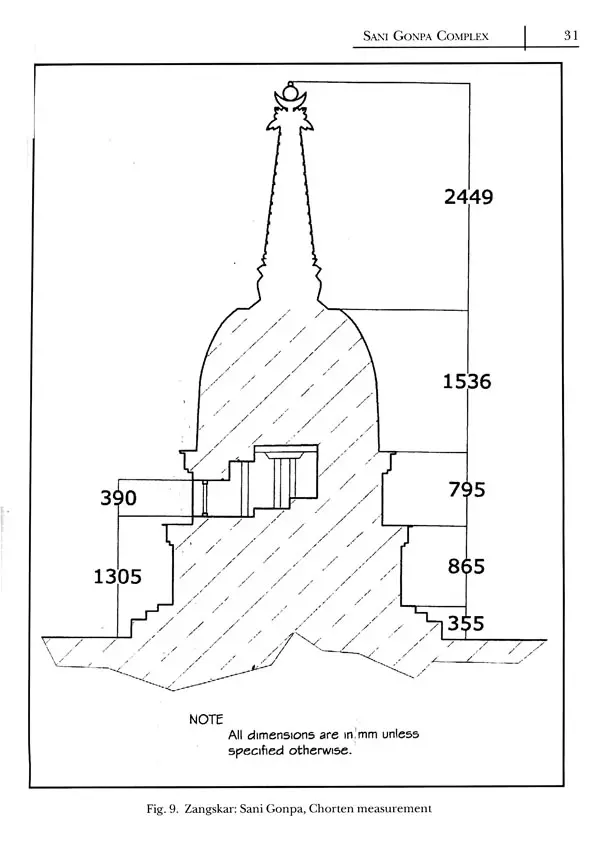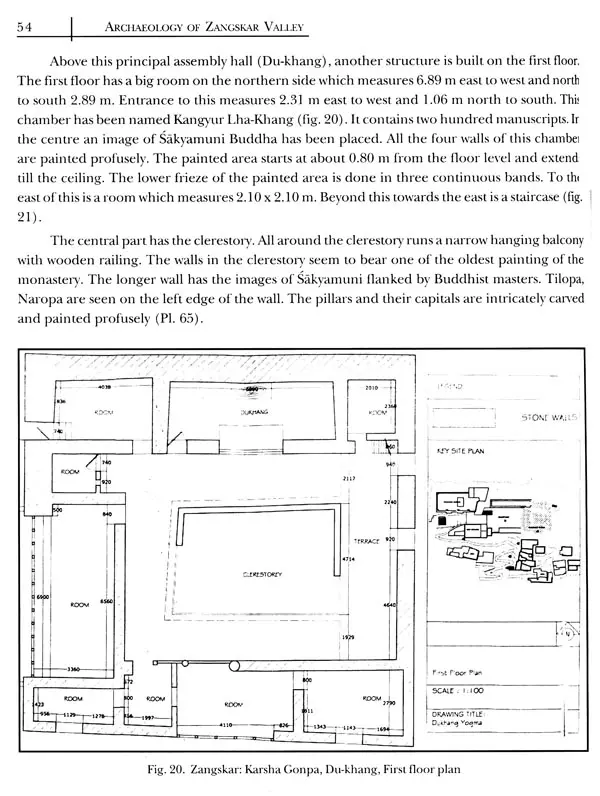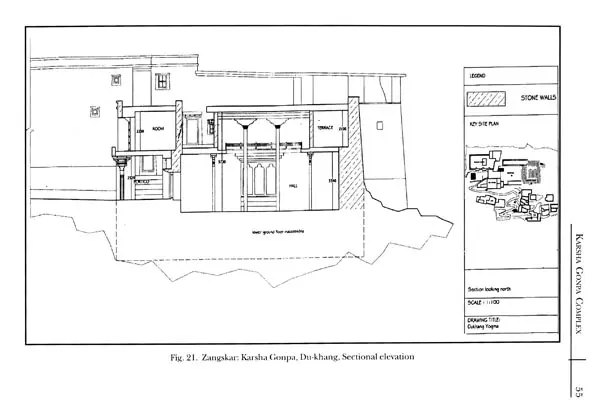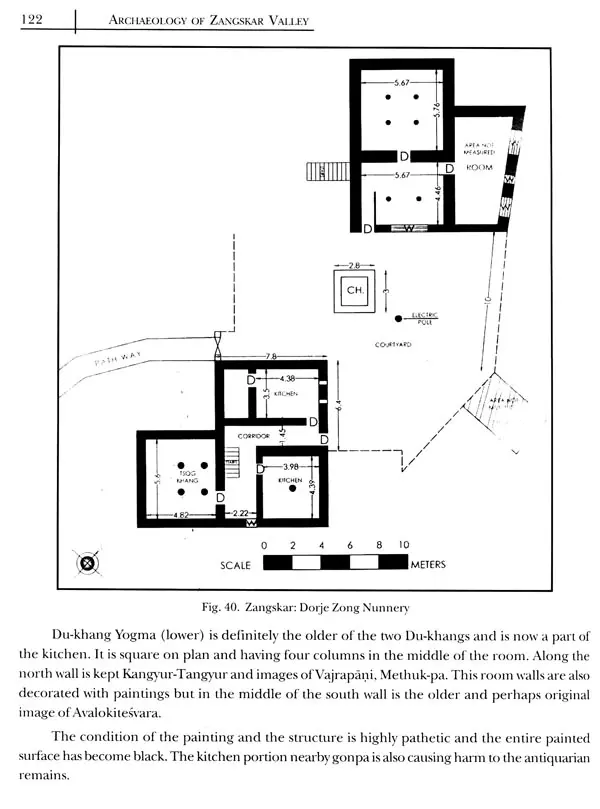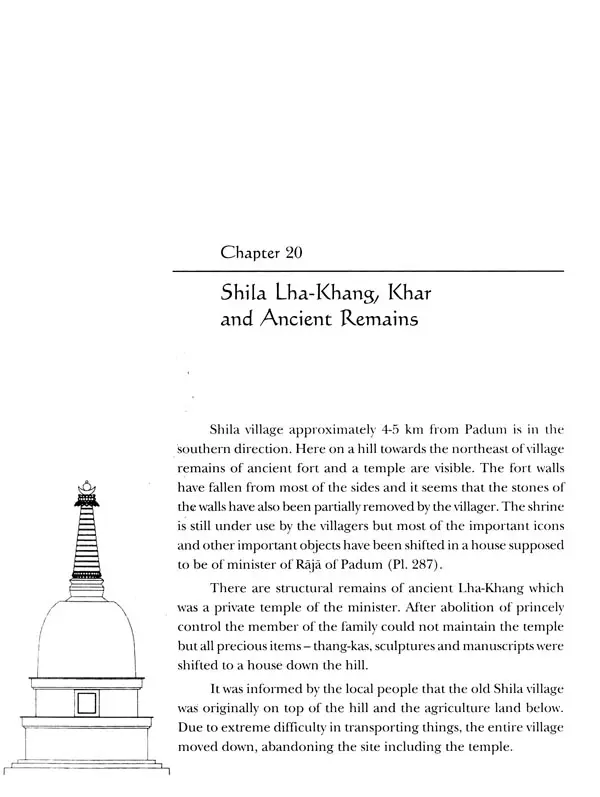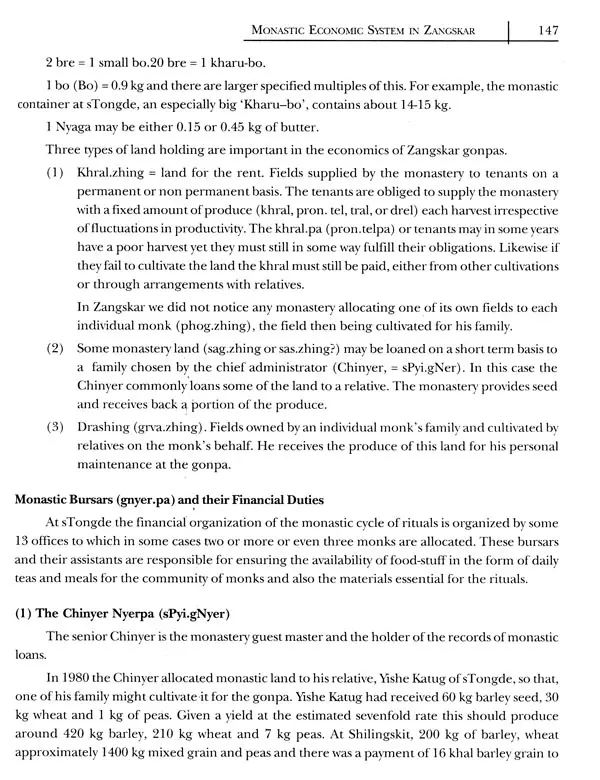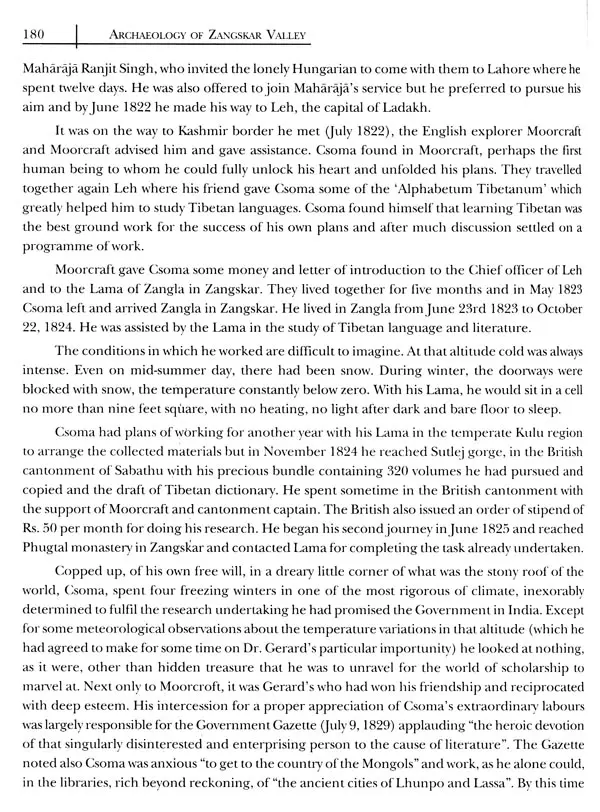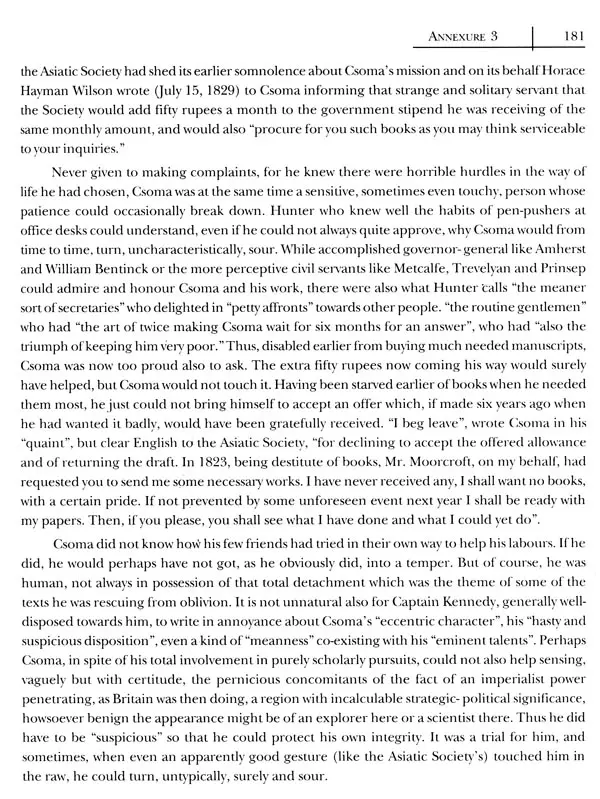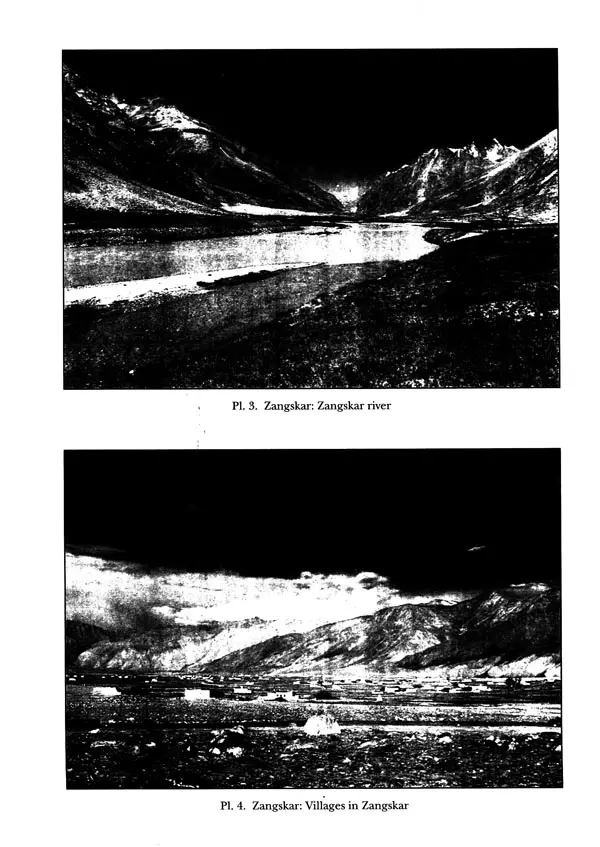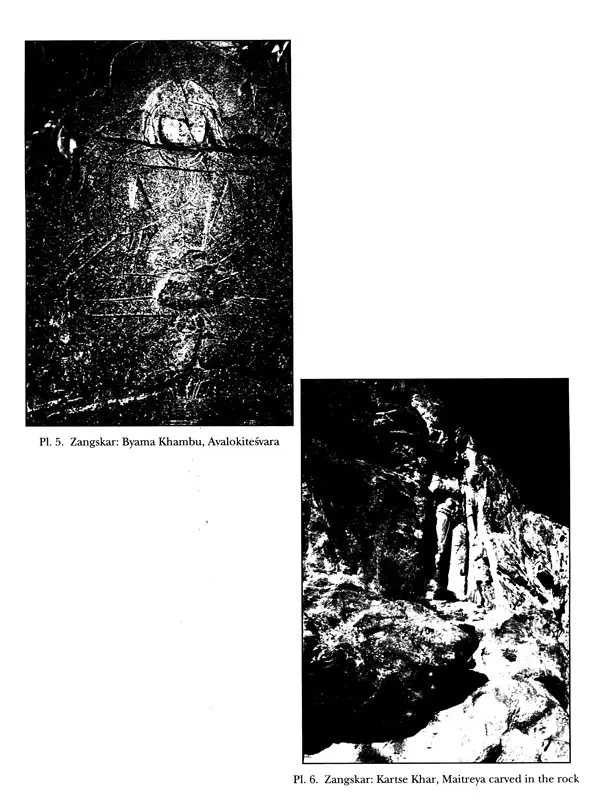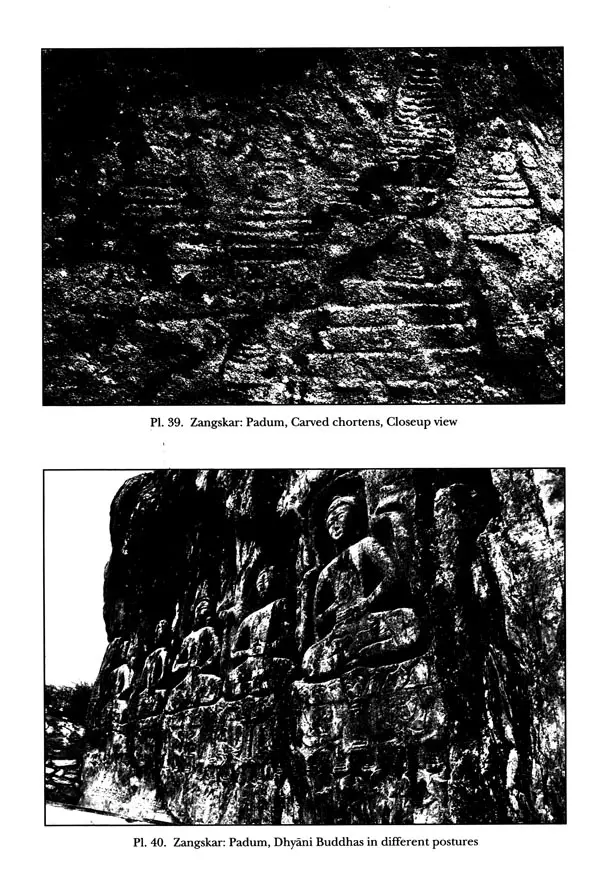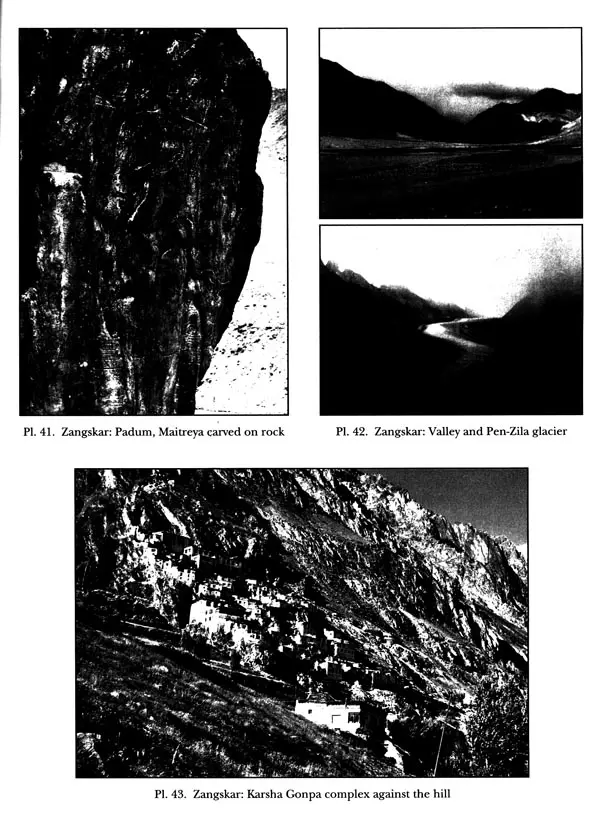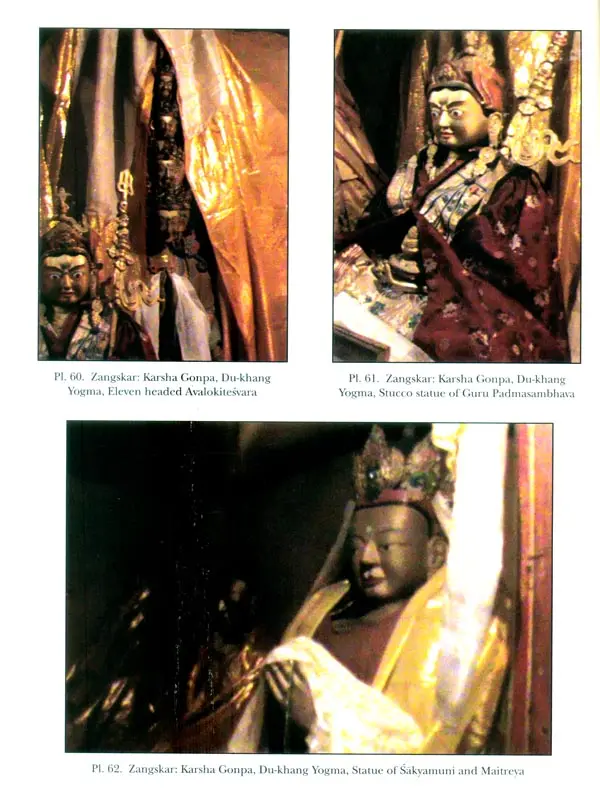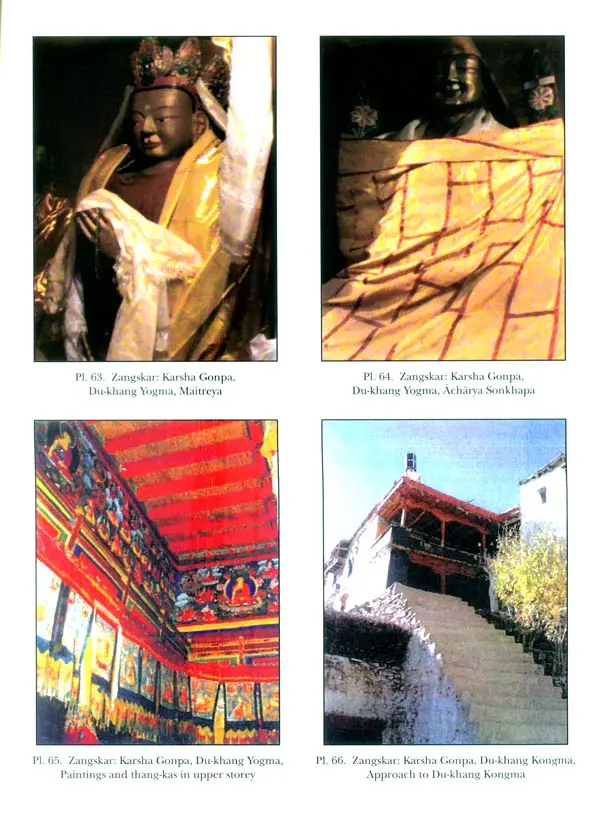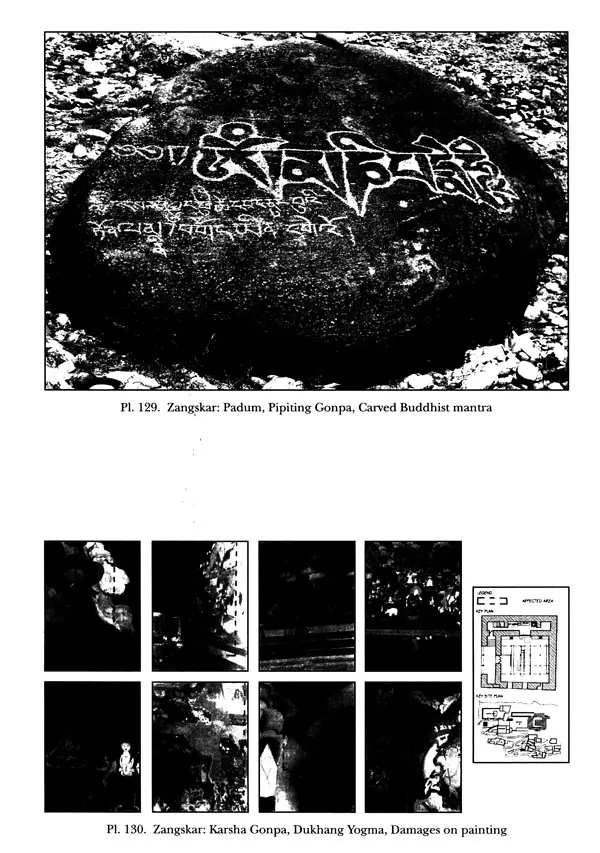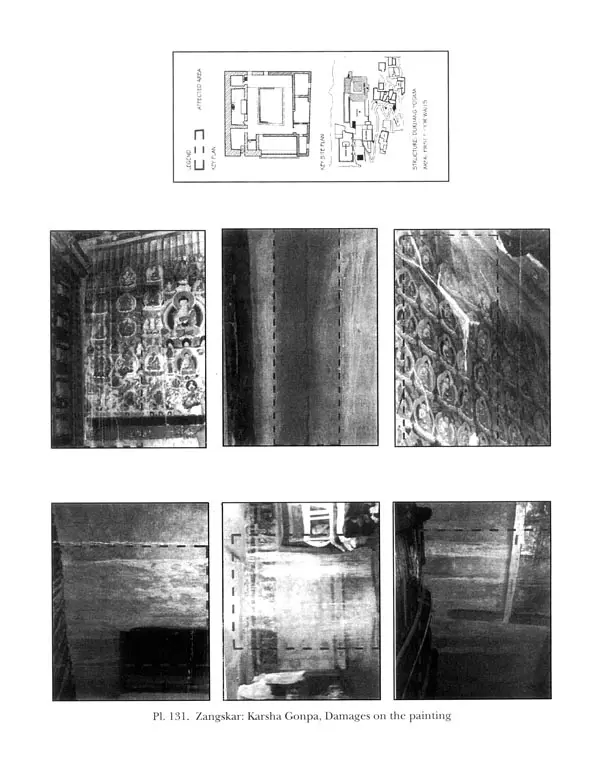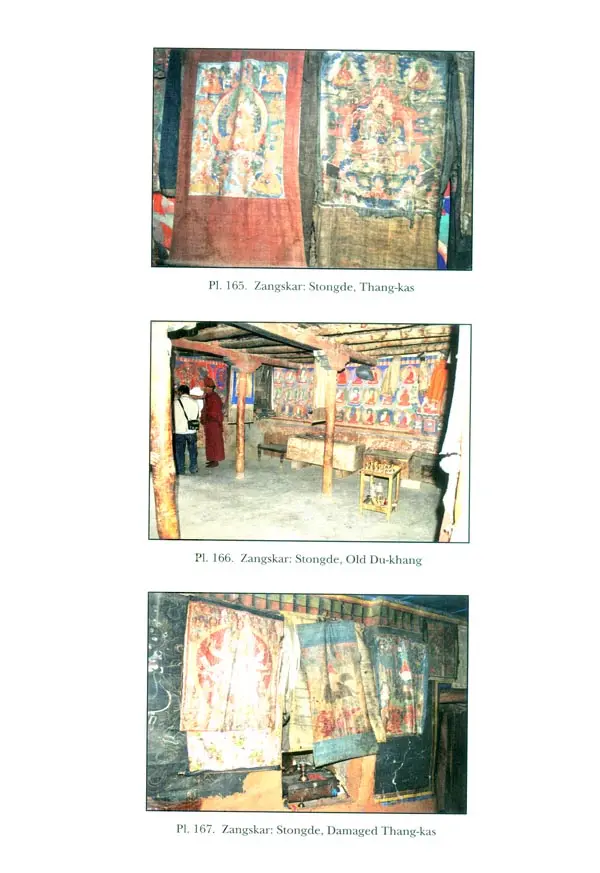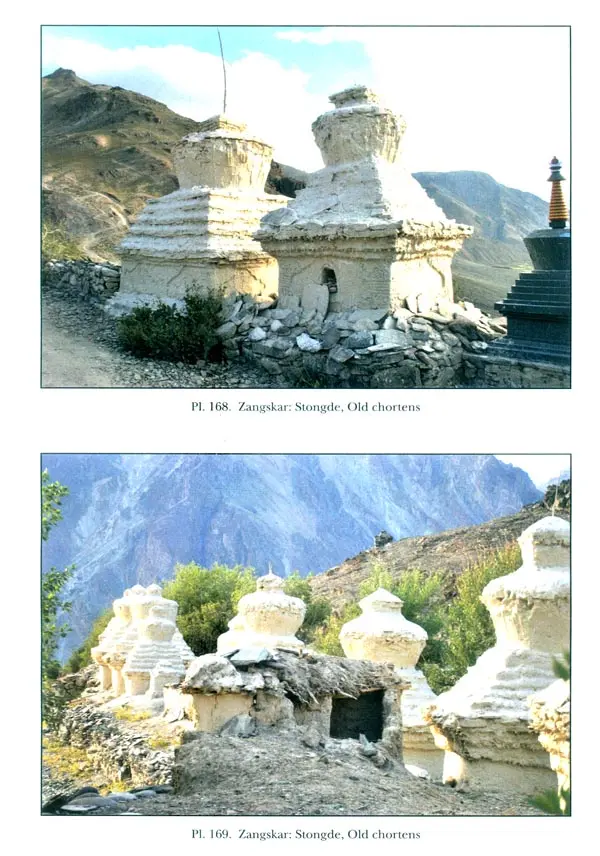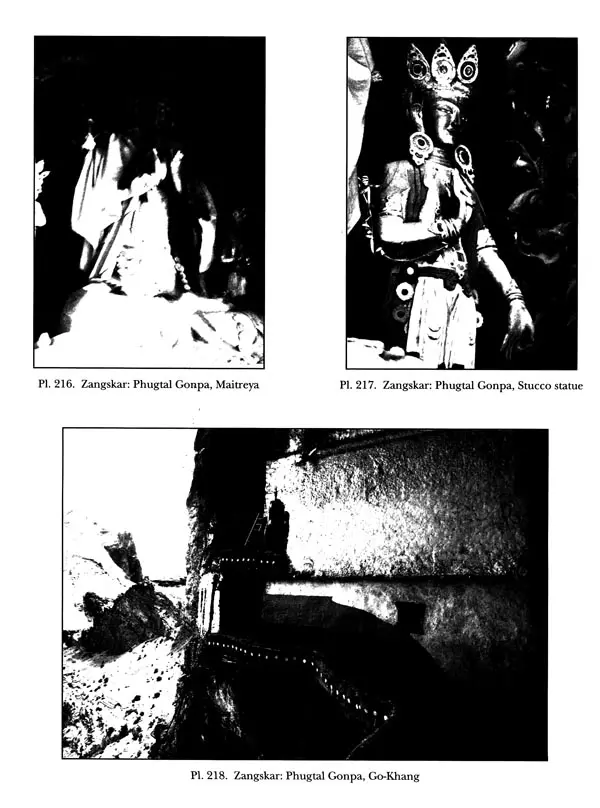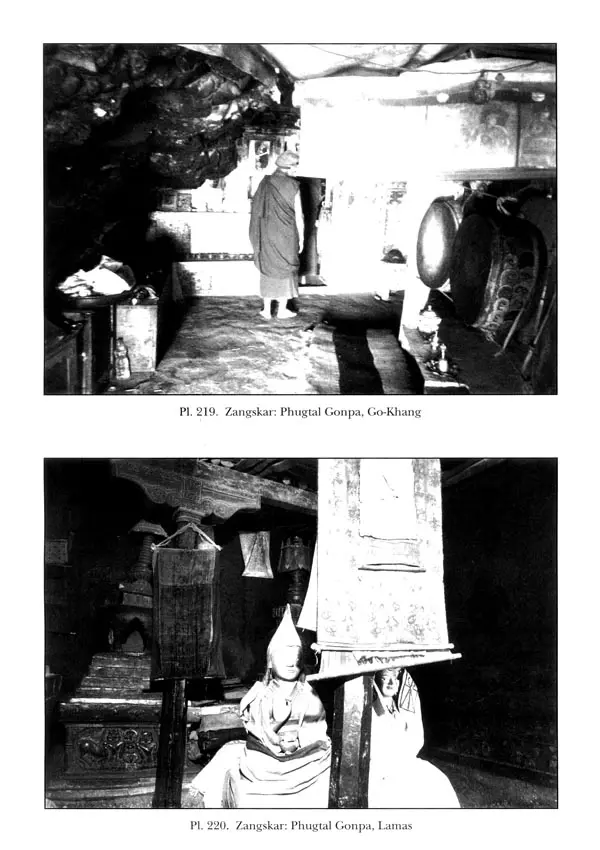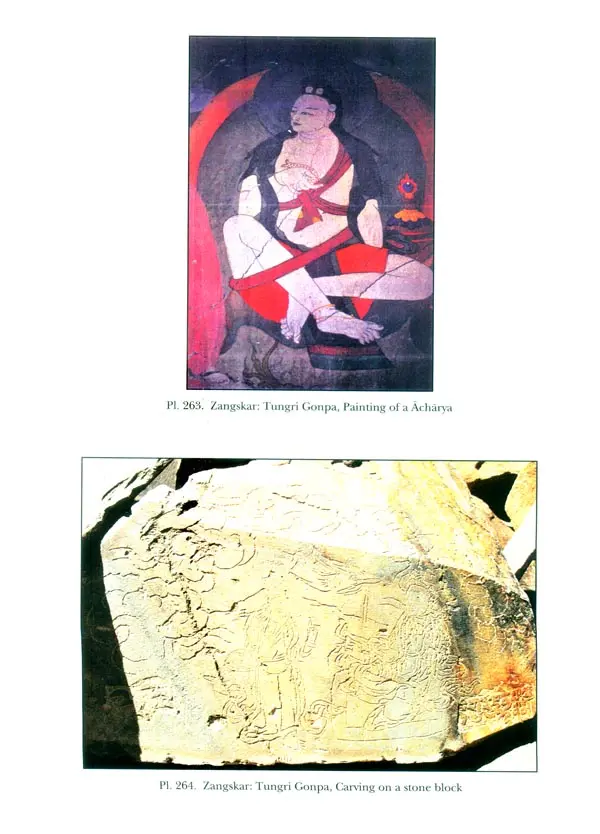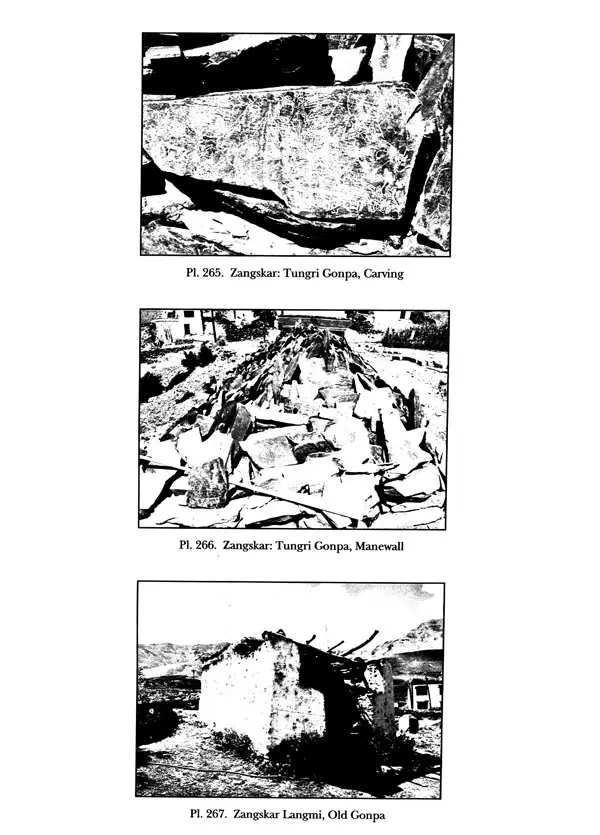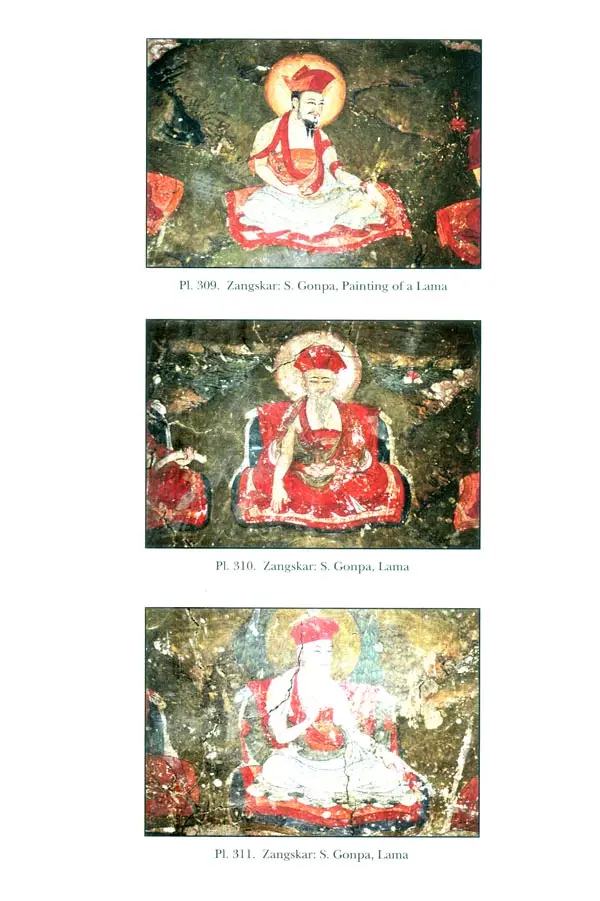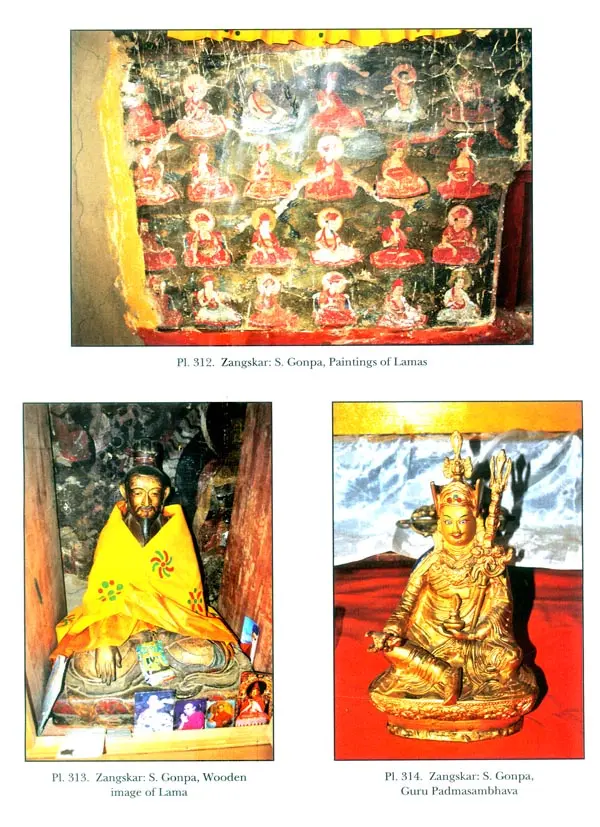
Archaeology of Zangskar Valley
Book Specification
| Item Code: | UAE422 |
| Author: | R.C. Agrawal |
| Publisher: | Sharada Publishing House, Delhi |
| Language: | English |
| Edition: | 2018 |
| ISBN: | 9789383221202 |
| Pages: | 346 (Throughout B/w and Color Illustrations) |
| Cover: | HARDCOVER |
| Other Details | 11.00 X 9.00 inch |
| Weight | 1.48 kg |
Book Description
Prior to eighth century CE, Zangskar Wades inhabited by the Dards, the original inhabitants of Ladakh region. < p> The first European (Hungarian) who visited Zangskar was Csoma de Koros. He arrived in 1823 and spent considerable time in Zangla and Phugtal monasteries studying the Tibetan language and grammar. He produced a dictionary of Tibetan-English language and died in Kolkata. After him several scholars visited Zangskar and studied the various aspects of Zangskari life, but no comprehensive attempt was made to explore the area from archaeological point of view.
In the present study, an attempt has been made to explore the rich archaeological wealth of the region by studying the sites and monasteries and objects housed therein. The whole study has been divided in to several chapters covering sculpture and carvings, monasteries, chortens and mane walls, having carvings. Along with the monasteries some nunneries were also surveyed, a neglected area in the study of Himalayan Buddhism. Here an attempt has been made through extensive field survey to analyze the monastic system prevalent and economic pattern of the monastery. Detailed analysis has also been carried out of the paintings executed in various monasteries.
The brief life-sketch of Lotsava Rinchen-Zang-po who revived Buddhism and Alexander Csoma de Koros who visited Zangskar during the nineteenth century, and stayed is also appended.
He has been closely associated with many academic bodies and has published research papers on art, archaeology, paintings and rock art. He is widely travelled and member of ICOM, ICOMOS and other academic bodies.
In his career he has served as Director (Monuments), Joint Director-General, Institute of Archaeology, Member Secretary, Indian Council of Historical Research, Pro-Vice Chancellor, National Museum Institute and Professor of Museology, Principal Director, Architecture Heritage Division, INT ACH. Presently, he is a visiting faculty to Architectural Conservation Department (SPA), Institute of Archaeology, Archaeological Survey of India, National Museum Institute and President of Rock Art Society of India.
Alexander Csoma stayed in Phugtal Monastery and prepared a dictionary spent his last days in the Asiatic Society of Bengal, Kolkata.
The second person who studied the region A.H. Franck followed by David L. Snell grove and Thaddeus Skorupski. These two scholars explored the area after 1975 when the region was opened for tourists by Government of India. In eighties, the region was explored by John Crook and his colleagues from socio-economic, religious, environment, etc. perspective.Jahnwij Sharma of INTACH prepared the listing of heritage buildings in 2004 and Archaeological Survey of India explored the valley during 1987-1988 from archaeological , point of view. The area was further explored from 2013 to 2015 to assess the archaeological potential of the valley, document the monasteries and prepare a comprehensive document. The present study covers a much larger area within the valley and the antiquarian remains.
Zangskar valley covers an area of six thousand square kilometer and is situated at an altitude of 4,000 m (13,000 feet). The population of Zangskar is very small (around 10,000 people). This small population is scattered in small villages and largely follow Tibetan Buddhism with a small minority of Muslim community. The inhabitants of the region depend mostly in cattle rearing and farming on whatever small cultivable land that they own or as a tenant of the monasteries.
Majority of the villages of Zangskar are situated along the two main rivers. The first one is Stood which has its source near Penzila mountain pass. The other river is Lungnak having its source Bara- Lacha pass and it becomes a wide river near Pune village. Both the rivers unite near Padum and become Zangskar river which merges with Indus river near Nimo.
The Zangskar region of Ladakh with scanty rain fall in the monsoon season, as compared to Leh, (Zangskar) gets more precipitation as snow fall in winter. The winter in Zangskar is severe with temperature as low as -40 degree Celsius while summer temperature ranges between 20 to 25 degree Celsius. The Zangskar region remains effectively cut off from the rest of the country during the winter almost 7 months. Access to outside world is only possible through Zangskar river which gets frozen and can be easily walked over, which joins Indus river at Nimo near Leh.
The locals of Zangskar usually take this reverie route which takes normally seven days. The common route to reach Zangskar is the Leh-Srinagar highway via Kargil. From Kargil to Padum, administrative head Quarter of Zangskar region takes full day by a rough motor able road.
Padum was once the capital of Ancient Kingdom of Zangskar. The township clings to a hillock site of the ruins of the erstwhile palaces and forts. The early rulers of Zangskar had close association with the other provinces of Ladakh. The chronicles of Zangskar do not provide clear picture of Zangskar ruling families. However, from the available information some general impression of the sequence of historical events can be visualized.
Zangskar region seens to have been inhabited by man from early pre-historic time as is evident from the rock carvings found in various parts of Zangskar. Some of these carvings depict hunting scenes and images' of animals. The precise date of these carvings cannot be established in the absence of datable data. Stylistically, these have been considered of Mesolithic-Neolithic periods. In some places these carvings also depict historical signs, symbols and chortens. Hence, they appear to have been in practice in the early historical times and even later.
The region of Zangskar and Ladakh more or less share the same history before the influence of Buddhism in the 6th and 7th century CE The earliest immigrants in these two areas were the Dards who settled in the 'fertile area of Zangskar and around 5th-6th century CE religious culturalisation of these started. The neighboring region of Kashmir influenced the Zangskar in cultural manifestation the remains of which can be found in the rock sculpture of Sani and the Kanika chortens.
With the passage of time the Tibetan culture also impacted Zangskar which is visible in the art and architecture of the region that still survive.
Here an attempt has been made through extensive field survey to study the archaeological remains/sculptural carvings, monasteries, chortens, artistic embellishments (paintings) in the region. Attempt has also been made to analyze the monastic system prevalent and economic pattern of the monastery. Detailed analysis has also been carried out of the paintings executed in various monasteries. The brief life-sketch of Lotsava Rinchen-Zang-po who revived Buddhism and also laid foundations of monasteries like Ache and Nirma in the Ladakh region is also appended. It is believed that Rinchen-Zang-po also visited Zangskar around eleventh century CE.
Book's Contents and Sample Pages

